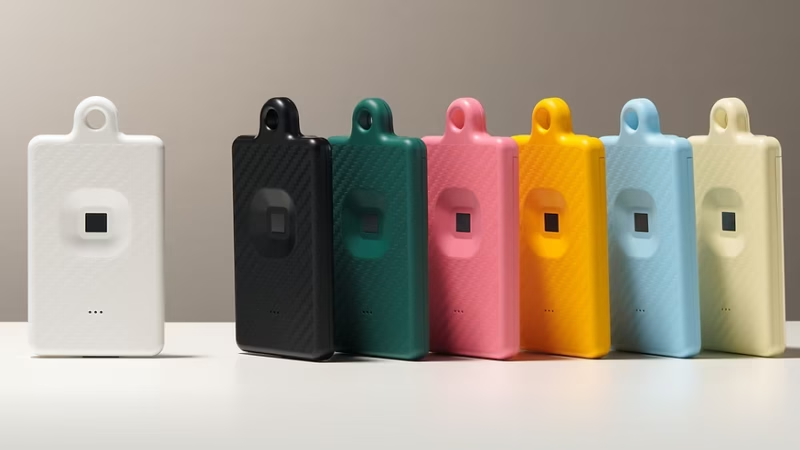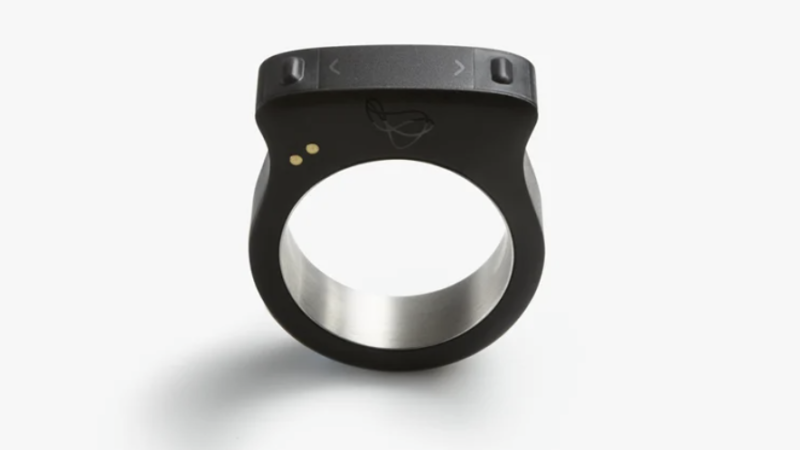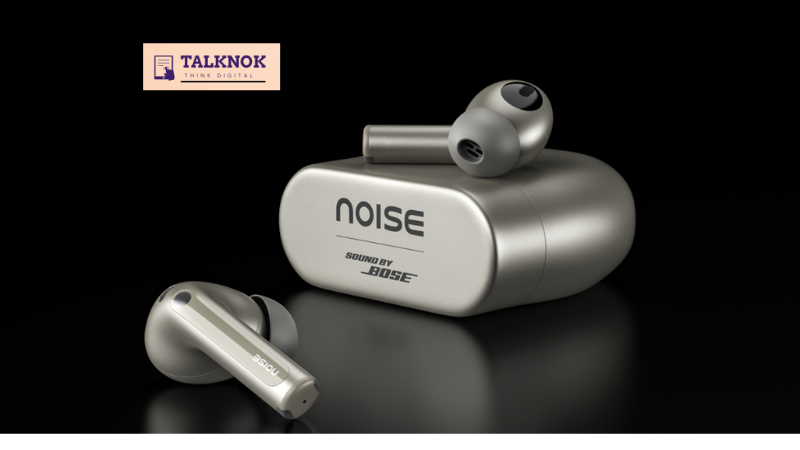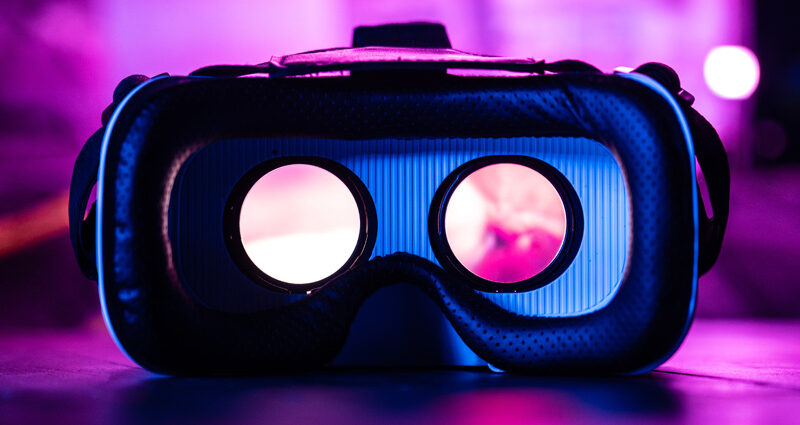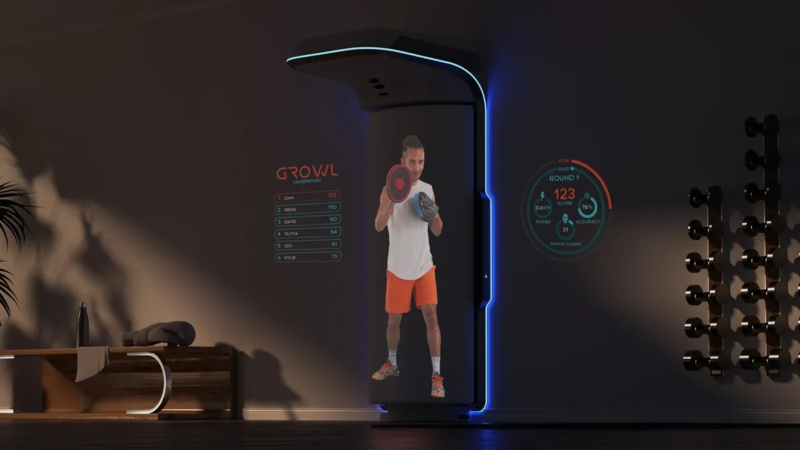The XGO-Rider, an educational robotics kit designed to teach programming

The XGO-Rider: XGO-Mini is raising funds for XGO-Rider, World’s First Desktop Wheel-Legged Robot with AI on Kickstarter! Desktop Two Wheel-Legged Robot, Omni Directional, Self-Balancing, Raspberry Pi, micro:bit, Powerful AI Features, Open-Sourced
XGO is a brand associated with robotics, specifically the XGO-Mini robot dog. The “XGO Rider” is a new product or a feature related to that. It is actually an educational robotics kit designed for learning programming and robotics. It combines elements of a balancing vehicle with robotic components. The kit probably uses Raspberry Pi or similar microcontrollers, allowing users to code and control the robot. It’s likely aimed at STEM education, teaching coding, electronics, and mechanics. There might be features like AI integration, sensors, and modular parts. I should explain its purpose, features, and educational benefits. Also, mention compatibility with platforms like Python or Scratch.
Raspberry Pi is a good fit for processing power for AI tasks, GPIO pins for sensors, and community support. It includes setup steps, project ideas, and troubleshooting tips. The Raspberry Pi is a low-cost, credit-card-sized computer developed to promote programming and hardware experimentation. Then there is use of ROS on the Pi to simulate the XGO-Rider in Gazebo or coordinate multiple robots. The ROS stands for Robot Operating System, which is a framework for developing robot software.
Integrating the XGO-Rider with ROS (Robot Operating System) unlocks advanced robotics capabilities, such as simulation, sensor fusion, navigation, and multi-robot coordination. Here’s how to approach ROS integration and what you can achieve:
Why ROS with XGO-Rider?
- Standardized Framework: ROS provides tools, libraries, and communication protocols (topics, services, actions) to streamline robotics development.
- Simulation: Test XGO-Rider behaviors in virtual environments (e.g., Gazebo) before deploying to hardware.
- Sensor Integration: Fuse data from cameras, LiDAR, IMU, and other sensors for perception and decision-making.
- Scalability: Easily add new sensors, algorithms, or even multiple XGO-Rider robots.
Steps to Integrate ROS with XGO-Rider
1. Set Up ROS Environment
- Install ROS Noetic (for Ubuntu 20.04) or ROS 2 Humble (recommended for newer systems) on your Raspberry Pi or host PC.
- Create a ROS workspace
2. Install XGO-Rider ROS Packages
- Use existing ROS drivers or SDKs provided by XGO-Rider’s manufacturer (if available).
3. Develop ROS Nodes
- Motor Control Node: Publish commands (e.g., /cmd_vel for velocity) to control the robot’s movement.
- Sensor Publisher Node: Read data from the XGO-Rider’s IMU, ultrasonic sensor, or camera and publish to ROS topics (e.g., /imu/data, /camera/image_raw).
- AI/ML Integration: Use ROS to run TensorFlow/PyTorch models for tasks like object detection (publish results to /detections).
4. Simulate XGO-Rider in Gazebo
- Create a URDF model of the XGO-Rider for Gazebo simulation.
- Test balancing algorithms or navigation stacks (e.g., SLAM, AMCL) virtually before real-world deployment.
5. ROS 2 vs. ROS 1
- ROS 2 (recommended for real-time systems) offers better performance for balancing control and sensor fusion.
- ROS 1 is simpler for beginners but less optimized for low-latency tasks.
Key ROS Components for XGO-Rider
| Component | Purpose |
| ROS Control | Manage hardware interfaces (motors, sensors). |
| rviz | Visualize sensor data, robot state, and navigation paths. |
| rosbag | Record and replay sensor data for debugging. |
| Navigation Stack | Implement autonomous navigation with SLAM (e.g., gmapping, cartographer). |
| TF2 | Track coordinate frames (e.g., robot base, camera, LiDAR). |
Example Use Cases
- Autonomous Navigation
- Combine ROS’s move base with the XGO-Rider’s sensors to create a path-planning system.
- Use g mapping to build maps of indoor environments.
- Balancing with ROS Control
- Implement a ROS controller node to adjust PID parameters in real time for self-balancing.
- Multi-Robot Systems
- Coordinate multiple XGO-Rider robots using ROS’s multi-master communication.
- Vision-Based Tasks
- Stream the Raspberry Pi camera feed via ROS (ros2_vision) and process it with OpenCV or YOLO.
Their real need is to set up the XGO-Rider within a ROS environment to leverage ROS capabilities like navigation, simulation, or sensor integration. It’s widely used in robotics for its tools and libraries. It’s a cornerstone of DIY electronics, robotics, and a Iot of projects due to its versatility, GPIO (General Purpose Input/Output) pins, and compatibility with Linux-based software. Here’s how it connects to the XGO-Rider and why it’s a powerful tool for robotics:
Why Raspberry Pi is Used with XGO-Rider
- Advanced Processing Power:
- The Raspberry Pi (models like Pi 4B, Pi 5, or Pi Zero 2) can handle complex tasks like AI/ML inference (e.g., TensorFlow Lite), computer vision (OpenCV), or real-time sensor data processing, which are critical for advanced XGO-Rider projects.
- GPIO Integration:
- The Pi’s 40-pin GPIO header allows direct communication with the XGO-Rider’s sensors (ultrasonic, cameras) and actuators (servo motors), enabling custom control logic.
- Software Flexibility:
- Run Python scripts, ROS (Robot Operating System), or AI frameworks like PyTorch to program the XGO-Rider’s behaviour. The Pi’s Linux OS (e.g., Raspberry Pi OS) supports libraries for robotics and machine learning.
- Camera and Vision Projects:
- Attach a Raspberry Pi Camera Module to the XGO-Rider for projects like object detection, QR code scanning, or live video streaming.
Setting Up Raspberry Pi with XGO-Rider
- Hardware Connection:
- Connect the XGO-Rider to the Pi via USB/UART for serial communication or use GPIO pins for direct sensor/motor control.
- Attach peripherals like cameras, microphones, or LiDAR sensors for expanded functionality.
- Software Setup:
- Install the XGO-Rider’s Python SDK or ROS drivers on the Pi.
- Use libraries like pigpio or RPi.GPIO to interact with hardware components.
- Power Management:
- Use a high-capacity power bank or a dedicated 5V/3A supply to run the Pi and XGO-Rider simultaneously.
Example Projects with Raspberry Pi + XGO-Rider
- Autonomous Navigation:
- Use the Pi to process data from the XGO-Rider’s ultrasonic sensor and camera, then implement SLAM (Simultaneous Localization and Mapping) algorithms.
- Integrate OpenCV for line-following or obstacle avoidance.
- AI-Driven Behaviors:
- Train a TensorFlow Lite model to recognize hand gestures or voice commands (via a Pi-compatible microphone) and make the XGO-Rider respond.
- Remote Control via Web Interface:
- Host a Flask web server on the Pi to control the XGO-Rider over Wi-Fi, streaming live camera feed to a smartphone.
- ROS Integration:
- Use ROS on the Pi to simulate the XGO-Rider in Gazebo or coordinate multiple robots.
Tips for Raspberry Pi + XGO-Rider Users
- Optimize Performance: Overclock the Pi or use lightweight OS versions (e.g., Raspberry Pi OS Lite) if resource-constrained.
- Leverage Community Tools: Explore GitHub repositories for XGO-Rider/Pi integration examples.
- Power Efficiency: Disable unused Pi features (Bluetooth, HDMI) to save battery.
Popular Raspberry Pi Models for XGO-Rider
- Raspberry Pi 5: Best for heavy AI/vision tasks (4GB+ RAM, faster CPU).
- Raspberry Pi 4B: Balanced choice for most projects.
- Raspberry Pi Zero 2 W: Compact and low-power for lightweight applications.
The XGO rider Key Features:
- Self-Balancing Design:
- Built like a two-wheeled balancing vehicle, it uses gyroscopes and accelerometers to maintain stability, similar to a Segway. This introduces users to control systems and PID algorithms.
- Programmable Platform:
- Supports coding in Python and Blockly (visual programming), making it accessible for beginners while allowing advanced users to explore AI/ML applications.
- Modular Components:
- Includes sensors (e.g., ultrasonic, line-following), cameras, and servo motors, enabling projects like obstacle avoidance, object tracking, or autonomous navigation.
- AI Integration:
- Compatible with frameworks like TensorFlow or OpenCV for machine learning and computer vision tasks (e.g., facial recognition, gesture control).
- STEM Education Focus:
- Targets students and hobbyists, teaching robotics fundamentals, electronics, and coding through interactive projects.
Typical Use Cases:
- Balancing Algorithms: Learn PID control by adjusting parameters to stabilize the robot.
- Autonomous Navigation: Use sensors to map environments or follow lines.
- AI Experiments: Train models for voice commands or image recognition.
Compatibility:
- Often paired with Raspberry Pi or microcontrollers (e.g., ESP32) for expandability.
Why It’s Unique:
Combines the challenge of balancing robotics with accessible programming tools, bridging the gap between theory and real-world applications in STEM.
If you have a specific project or question about XGO-Rider, feel free to ask!

